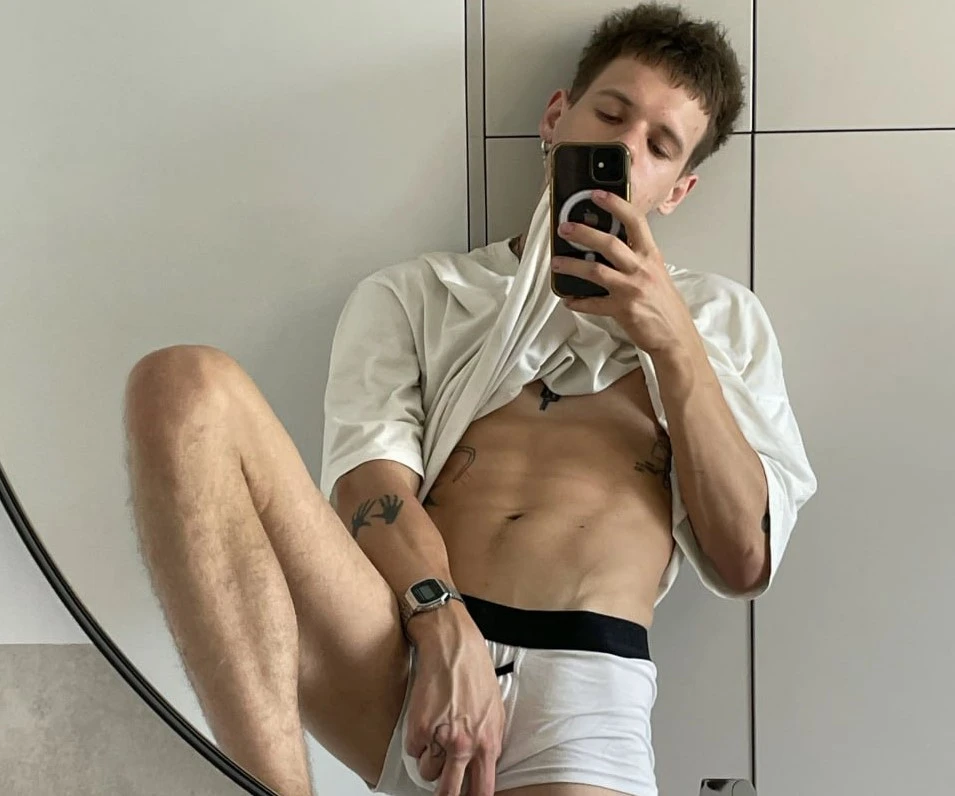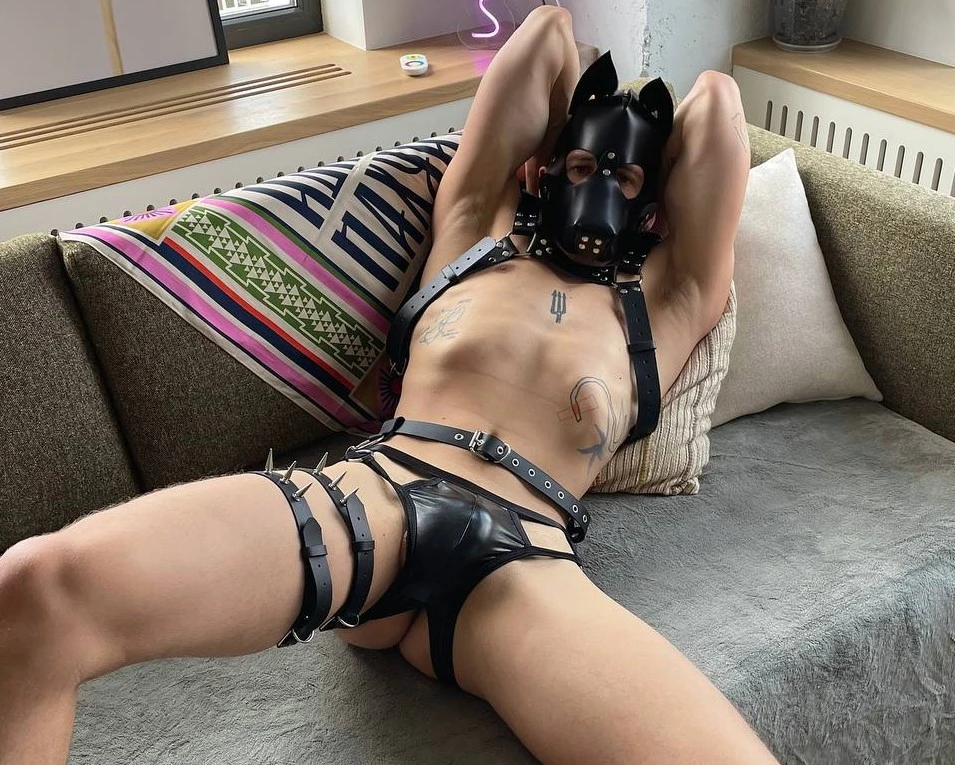The Challenges and Triumphs of Being a Gay Model Today
The fashion industry is often seen as a progressive space, yet it presents unique challenges for gay models. From breaking stereotypes to celebrating triumphs, gay models are reshaping the narrative of inclusivity and diversity in this competitive world.
Navigating the Fashion Industry as a Gay Model
Being a gay model in today’s fashion industry comes with both opportunities and hurdles. While the industry has made strides toward inclusivity, many gay models still face difficulties gaining acceptance and representation. Despite this, they continue to challenge norms and open doors for others.

The evolving landscape has created space for agencies like https://fun-models.com/ that prioritize diversity and celebrate individuality. These platforms help gay models find opportunities and build their careers, ensuring representation in campaigns, runways, and media. However, challenges persist, such as tokenism and limited roles that reinforce outdated stereotypes. Overcoming these barriers requires resilience and a commitment to authenticity.
Overcoming Stereotypes and Prejudices
Gay models often confront stereotypes that limit their potential. Misconceptions about their abilities, appearances, or market appeal can lead to exclusion from certain roles or campaigns. These biases are rooted in outdated views of masculinity, femininity, and sexuality.
Challenging Traditional Masculinity Norms
Gay models are at the forefront of redefining masculinity in the fashion world. By embracing androgynous looks, fluidity in expression, and bold statements, they challenge rigid norms. This shift not only allows for greater creativity but also encourages acceptance of diverse representations of gender.
Addressing Discrimination and Bias
Despite progress, discrimination remains a challenge. Many gay models report incidents of exclusion, derogatory comments, or unequal pay. Organizations advocating for LGBTQ+ rights within fashion have stepped up, offering legal and emotional support. Building awareness and implementing strict anti-discrimination policies are essential steps forward.
Celebrating Success Stories and Role Models
Highlighting success stories of gay models who have overcome obstacles serves as an inspiration to others. These trailblazers show that it is possible to thrive in the industry while staying true to oneself.
Pioneers in the Industry
Trailblazers like RuPaul and Andreja Pejić paved the way for LGBTQ+ representation in fashion. Their courage and talent broke barriers, making it easier for the next generation to enter the industry.
Contemporary Influencers
Today’s gay models, such as Chella Man and Nyle DiMarco, continue to make waves. They use their platforms to promote inclusivity and challenge industry norms, showing that success comes from authenticity and perseverance.
The Role of Advocacy and Community Support
Advocacy plays a vital role in amplifying the voices of gay models. By engaging in campaigns and leveraging their influence, these individuals help create a more inclusive environment.
Participation in LGBTQ+ Campaigns
Many gay models are involved in LGBTQ+ advocacy, participating in campaigns that promote equality, diversity, and visibility. These initiatives not only highlight their talent but also underscore their commitment to social change.
Building Support Networks
Community support is crucial for gay models navigating the industry. Networks of allies, mentors, and fellow LGBTQ+ individuals provide encouragement and practical advice. These relationships foster resilience and a sense of belonging.
Conclusion
The journey of a gay model today is one of both challenges and triumphs. From breaking stereotypes to reshaping industry norms, these individuals are driving progress and inspiring others. While obstacles remain, their efforts are paving the way for a more inclusive and equitable fashion industry. The future promises continued growth and celebration of diversity, reflecting the rich tapestry of humanity.



